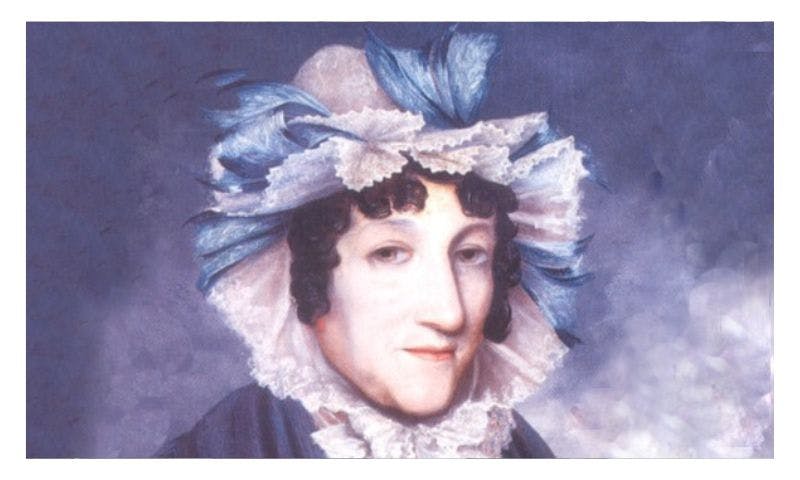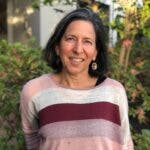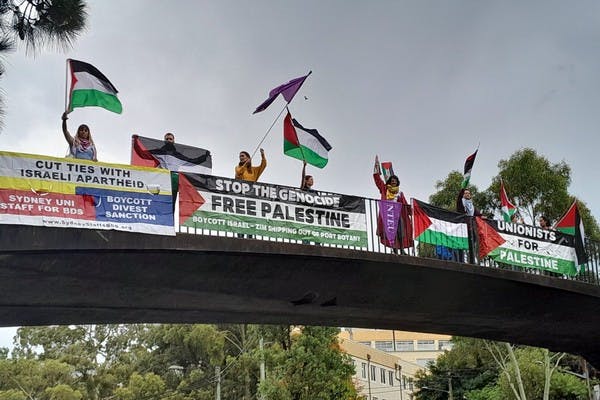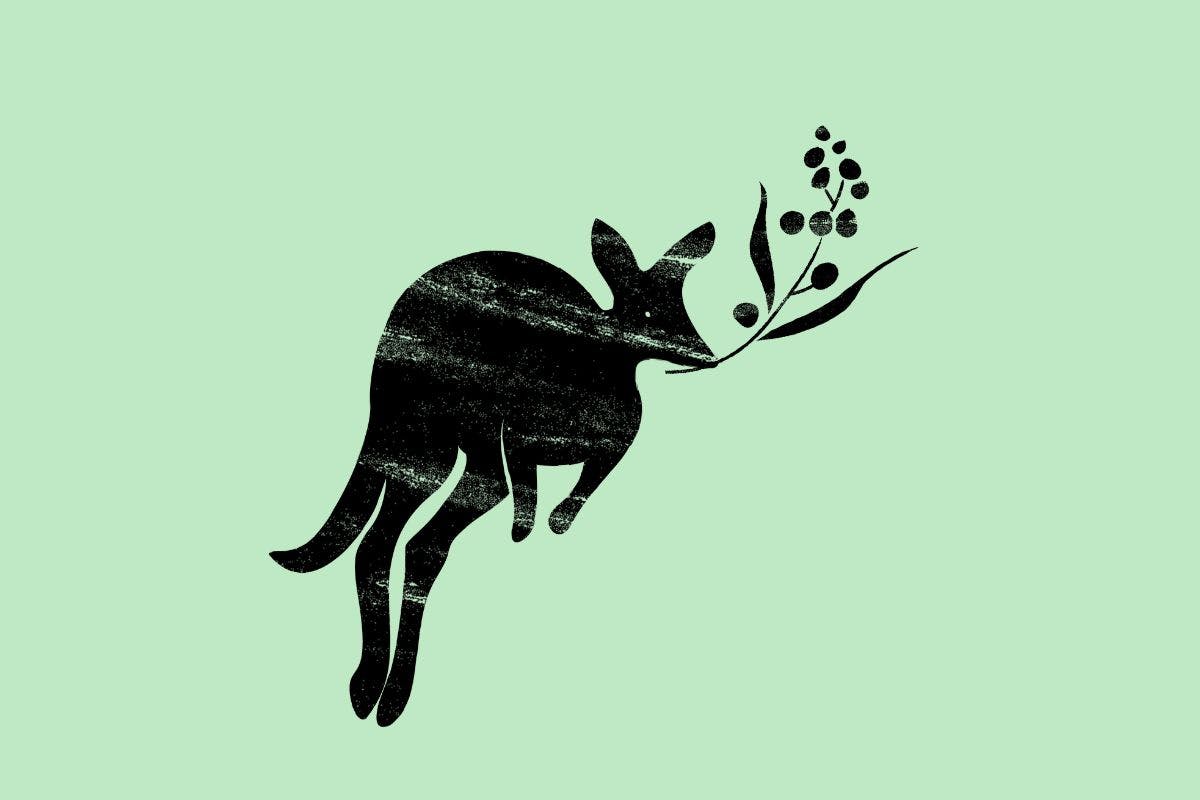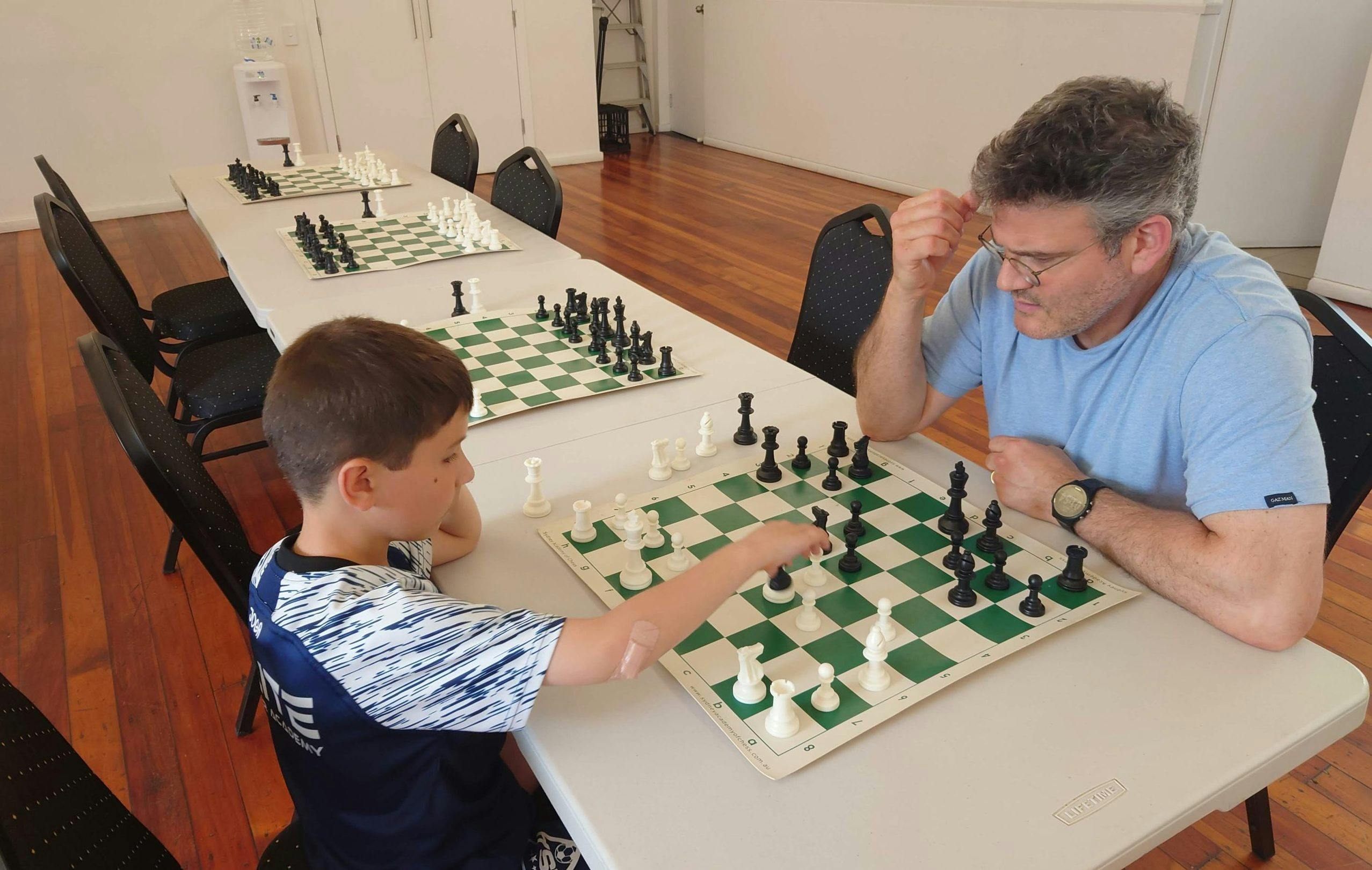Published: 21 July 2023
Last updated: 5 March 2024
Responding to John Safran’s stories of Australian Jews, SIDRA KRANZ MOSHINSKY muses on the local communal narratives rarely told.
Australian Jewish history has a hard time selling itself, in a way that the history of Jewish communities in other places or of other times does not. Despite the erstwhile efforts of the Jewish museums in our major cities and the noteworthy journals and lectures of the Australian Jewish Historical Society, the degree of interest from within the Jewish community and from society more broadly is lukewarm.
Undoubtedly, a major reason for this is because the Shoah looms so large in consciousness, its history and repercussions so compelling, that students and "audiences" are drawn much more strongly to exploring it.
A second factor is the conception, arguably misconception, that there’s not much to tell here. Knowledge of Jews who were in Australia prior to World War II and Glicks bagels is often limited to General Sir John Monash and Sir Isaac Isaacs, towering figures who, respectively, steered Australia to successful battle in World War One and served as the country’s first Australian-born governor-general. Fewer know that there were Jewish convicts on the First Fleet. How many people could tell you when the Melbourne Jewish community began with any accuracy?
A new TV series is attempting to shed new light and foster interest in this history. With a title that references a provocative and controversial Tourism Australia campaign So where the bloody hell are you?, dating back to 2006 and signed off by its then-head Scott Morrison, this series commissioned by SBS, Who the Bloody Hell Are We?, poses a variant of the question. Arguably the inclusion of "bloody hell" is not intended to express anger, disgust or blasphemy, but to lend the question a degree of frustration and urgency that a simple "Who are we?" might lack. And, of course, a kind of edginess.
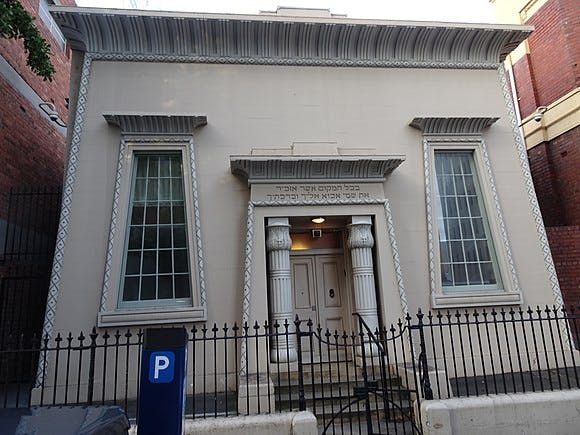
The question of who and what defines Australians and Australia is one that haunts our psyche as a nation. It’s complicated and we can see it being played out in the deep divisions and ugliness that are becoming evident in the national conversation around the referendum on constitutional recognition and a voice to parliament for our First Nations People. Many (we will see just how many before too long) do not wish to see change in this area as they are unwilling to recognise or genuinely redress the pain, injustice and wrongs of our history. Or of our present.
There’s a parallel haunting to our historical narrative since European (or should we call it "white"?) settlement. Are we the "lucky" country where successive waves of migrants successfully forged new lives in this "new" land, unfettered by the restrictions and conflicts of their countries of origin, be it the imperial United Kingdom or war-torn ravaged Vietnam? A thriving constitutional monarchy, with a functioning commonwealth assuring "wealth for all", stunning natural scenery, love of sport and a wont to snub authority, inherited from our colonial forebears? Or are we inherently plagued by racism, mean-mindedness, sexism and violence, equally themes that pervade our story since 1788?
The premise of Who the Bloody Hell Are We?, which premiered on July 19, is that we cannot know who we are as a nation until we come to understand and appreciate the histories of some of our "most intriguing multicultural communities’" Featuring three one-hour episodes, devoted to the Jewish, New Zealander and Chinese communities, the series seeks to contribute to our self-definition on a macro level, through exploration of the micro.
The acclaimed John Safran tells the Jewish story with creativity, acuity and, in places, humour. The narrative he weaves tends to focus on central figures over time, ranging from notables such as Esther Abrahams, the young convict and single mother on the First Fleet who rose to de facto and briefly First Lady of the colony, Sir John Monash and artist Mirka Mora, to the less often acknowledged members of the clan, such as Abe Saffron, infamously associated with nightclubs, hotels and organised crime. As a result of centering largely on individuals, for a program about community, there is very little about the development and inner workings of the community itself.

Informing Safran’s story is a desire to get away from the "neat and clean" version of Australian Jewish history, a whitewashed story that would have us understand that Jews have done well and have integrated successfully, as they have in other parts of the "New World", because our society does not carry the layers of negative attitudes and restrictive practices accumulated over the centuries in the "Old World" Supposedly, Jews were "free to thrive" here.
Yet from the Reverend Samuel Marsden, who insisted that all convicts attend Anglican services, irrespective of their religious identification, to the casual antisemitic sentiments expressed by early writers, such as Banjo Patterson, Henry Lawson and Norman Lindsay, there’s a messier version of our past. "Terms and conditions apply’" according to Safran. The White Australia Policy in the first half of the 20th century that established Jews were not white (despite being "white passing") and the blocking of Jewish membership of exclusive golfing clubs are further examples of these conditions, albeit very different in gravitas and consequence.
It would be fair to say that there are many Australians who have never met a Jew, let alone contemplated the history of Australian Jewry, at least not until Harry Sheezel joined North Melbourne Football Club. To the extent that SBS can engage this wider viewing public, the "Jew week" episode will offer insight into the depth and breadth of our community. It might also prompt some to reconsider whether Jews going about their business (such as Shuki at Very Good Falafel in Brunswick) should be held accountable for policies of the Israeli government by having their shopfronts vandalised.
For Jewish Australians (or Australian Jews), the episode both educates and prompts our own ongoing discussion about our past and our identity (singular) and identities (plural), for we are vast, diverse and contain multitudes, to quote Whitman. It may be true that there was a tentativeness to wider society’s acceptance of its Jewish members, in keeping with the precariousness of Jewish life that pervades so much of Jewish history.
But there was also push back and an insistence on recognition that is not portrayed in the episode. A scattered Jewish crew came together to offer a form of traditional burial for the first Jewish convict to die in New South Wales. Nascent Jewish communities fought strenuously to have land set aside for synagogues and dedicated burial grounds, in keeping with what was afforded their Christian counterparts.
This episode brings the "messy" bits to the surface of the story of Australian Jewish history and, with it, the story of Australia as a nation. It certainly makes the narrative more colourful and interesting, deservedly so. Beyond the one-hour viewing, a deeper awareness of our past, how we have been treated and how we have treated others, can serve to shape our outlook on the present day. The Jewish homeland did not come about in the Kimberley region, you won’t find a bagel shop on Mirriwong land, but you might find yourself looking at the present day with a slightly wider lens.
Image: Esther Abrahams, the convict who became First Lady of the Colony of NSW
